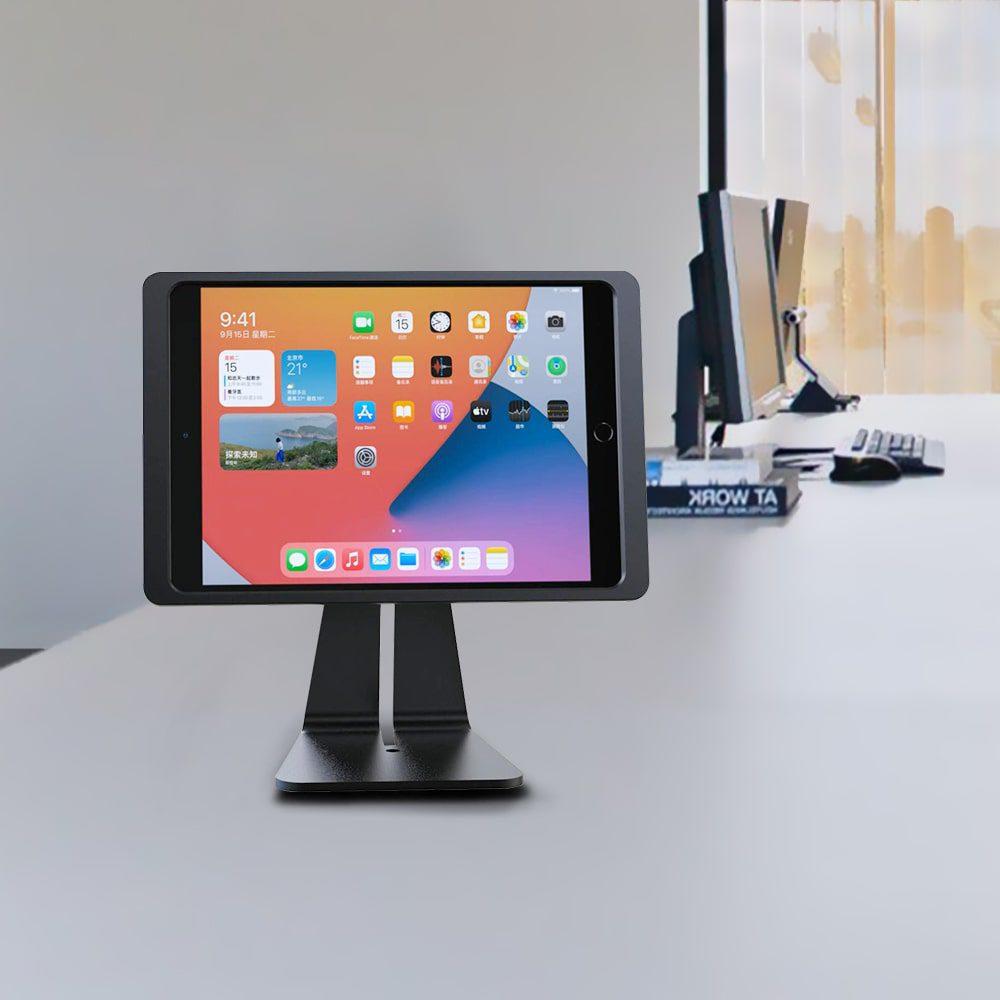Running a USB cable behind the wall to power an iPad mounted on the wall is feasible, but it's essential to do it safely and in compliance with iPad Stands local building codes. Here are some considerations:
Safety First: Ensure that the cable you use is rated for in-wall use. Standard USB cables may not be suitable for this purpose and could pose a fire hazard if not properly rated.
Code Compliance: Check your local building codes and regulations regarding running cables behind walls. Some jurisdictions may have specific requirements for in-wall cabling to ensure safety and compliance.
Conduit: It's generally recommended to run cables through a ipad magnetic wall mount conduit for added protection. This can help prevent damage to the cable and make it easier to replace or upgrade in the future.
Avoid Interference: Keep the USB cable away from sources of interference such as electrical wiring, plumbing, or HVAC systems. This can help prevent signal degradation or interference with other systems.
Proper Installation: Ensure that the cable is properly installed and secured behind the wall to prevent it from being damaged or becoming a safety hazard.
Accessibility: Consider installing a wall plate or access panel to provide easy access to the cable in case it needs to be serviced or replaced in the future.
Professional Installation: If you're not comfortable or experienced with running cables behind walls, consider hiring a professional electrician or installer to do the job safely and correctly.
By following these tablet wall mount guidelines and taking the necessary precautions, you can safely run a USB cable behind the wall to power an iPad mounted on the wall.
